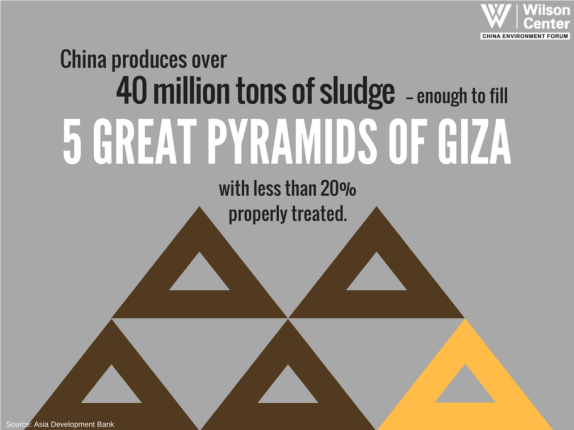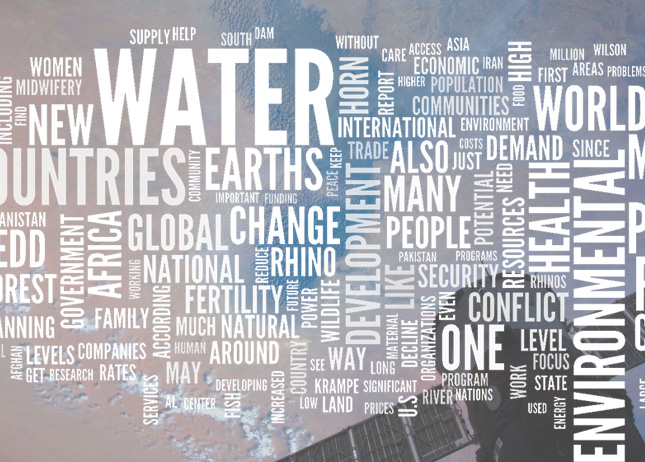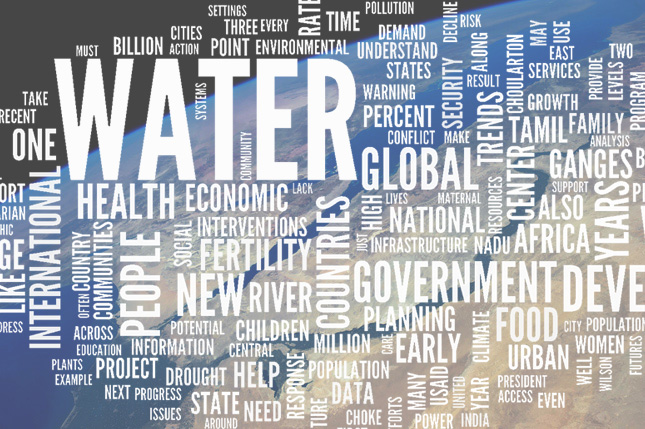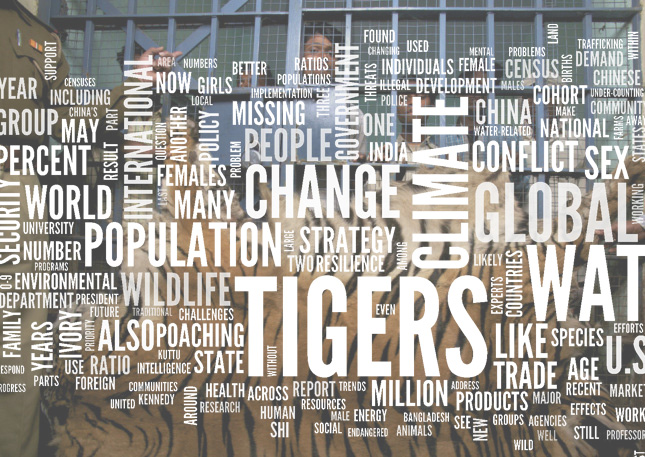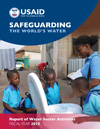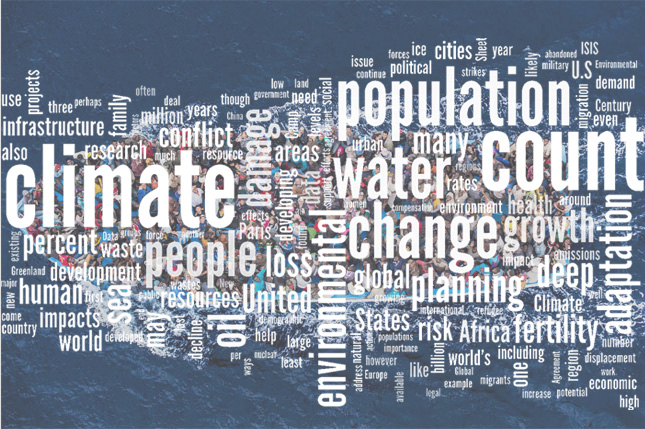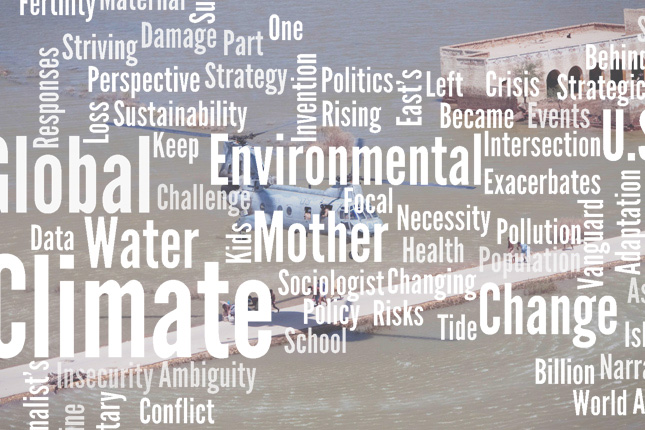-
Delivering a Solution to the World’s Ocean Plastic Problem
›
In 2017, the Green Volunteer League of Chongqing, an environmental NGO, filed a suit against China’s three biggest food delivery companies—Meituan, Baidu, and Ele.me—for damaging the environment by generating excessive waste. Specifically, these three e-commerce platforms provided consumers with single-use chopsticks that consumed 6,700 trees every day as well as massive amounts of plastic containers, bags, and utensils. Today, over 400 million Chinese are regular users of food delivery. Since summer 2019, daily app use for Meituan was over 30 million orders, generating 100 million plastic containers every day—enough to carpet 360 football fields.
-
Tapping the Power in China’s Municipal Sludge
›
In September 2018, the Jinghu District People’s Court in Wuhu, Anhui Province sentenced 12 people from the Pol Shin Fastener Company between four months and six years in prison for committing serious interprovincial environmental crimes in Jiangsu and Anhui in 2016 and 2017. The court also fined the automobile hardware manufacturer 10 million yuan ($1.48 million). The crime? Dispatching ships and trucks to illegally dump 2500+ metric tons of highly acidic pickling sludge from steel production. Sludge—semi-solid waste emissions from industries and municipal water treatment plants—is yet another tough water and solid waste pollution challenge China faces.
-
Top 10 Posts for March 2017
›
Wilson Center Director, President, and CEO Jane Harman and WWF President and CEO Carter Roberts put their weight behind growing momentum to ensure water stays on the radar for U.S. foreign policymakers in one of last month’s most-read stories.
-
Top 10 Posts for February 2017
›
John Oldfield called it: last month’s most popular story was once again on the U.S. Global Water Strategy. The Wilson Center’s Sherri Goodman, Ruth Greenspan Bell, and Nausheen Iqbal, like Oldfield before them, urged the new administration to take seriously the development of the strategy, due later this year, and provide “stronger American leadership” on global water issues.
-
Top 10 Posts for January 2017
›
The first U.S. Global Water Strategy is due in October, and despite a tumultuous start to the year, the U.S. government shouldn’t let this opportunity to demonstrate global leadership pass, says John Oldfield in last month’s most popular story.
-
The Invisible World Ocean Regime, and USAID’s 2015 Water Activities in Review
› According to their recent Safeguarding the World’s Water report, the U.S. Agency for International Development (USAID) invested $499,995,179 in water-related programming in 54 countries in 2015.
According to their recent Safeguarding the World’s Water report, the U.S. Agency for International Development (USAID) invested $499,995,179 in water-related programming in 54 countries in 2015. -
Top 10 Posts for 2016
›
If 2015 was the year of international cooperation, 2016 seems to have been about withdrawing from external entanglements and re-focusing on national priorities, as the global displacement crisis ground on, terror attacks battered liberal governments, and fighting in the Middle East continued.
-
Top 10 Posts for November 2016
›
Climate change isn’t a political issue in many countries, but it is in the United States. If that trend continues much longer, American service members may find themselves at “the intersection of politics and events” as they confront the consequences of climate change head on in the form of increased instability and humanitarian disasters, says Edward J. Erickson in a special issue of the U.S. Marine Corps Press Journal.
Showing posts from category meta.


